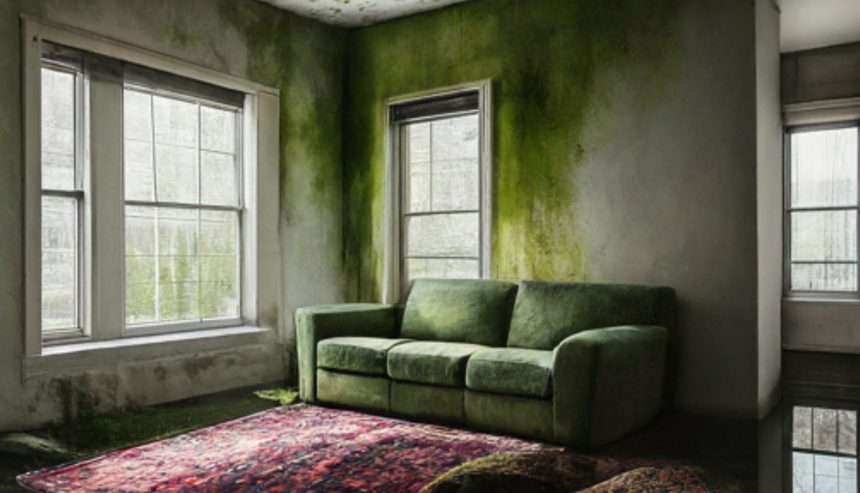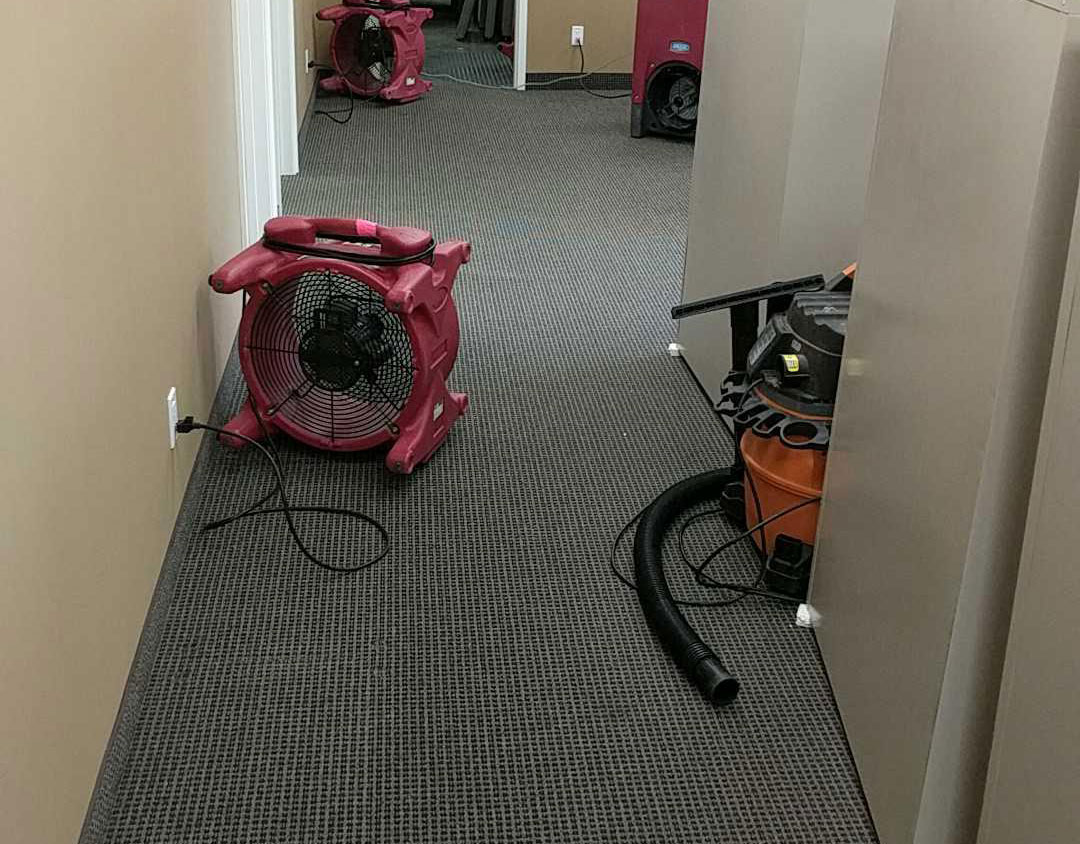Table of Contents
How to Prevent Mold Growth After a Flood
Floods can be devastating, not only due to the immediate damage they cause but also because of the long-term issues they bring about, such as mold growth. Mold can start growing within 24-48 hours after a flood and can cause significant health risks and structural damages. It’s crucial to act quickly and efficiently to prevent mold growth.
Here’s a comprehensive guide on how to prevent mold growth after a flood.
For Mold Removal Service in New Jersey, Call (877) 750-7876
1. Ensure Safety First
Before you start the cleanup process, ensure that it is safe to enter the flooded area.
- Turn Off Electricity: Make sure the electricity is turned off to avoid electrical hazards.
- Wear Protective Gear: Use gloves, masks, and waterproof boots to protect yourself from contaminants.
2. Remove Water Promptly
- Pump Out Standing Water: Use pumps to remove any standing water from your home.
- Use Wet/Dry Vacuums: These can be very effective in removing water from carpets, floors, and other surfaces.
3. Dry Out the Affected Area
- Open Windows and Doors: Increase ventilation by opening windows and doors. Use fans to help circulate air.
- Dehumidifiers: Place dehumidifiers in the affected areas to reduce moisture levels in the air.
4. Remove Wet Materials
- Discard Unsalvageable Items: Items like carpets, upholstered furniture, and insulation that have been soaked and cannot be properly cleaned should be discarded.
- Dry Out Salvageable Items: Move salvageable items to a dry area to be cleaned and dried.
5. Clean and Disinfect
- Soap and Water: Use soap and water to clean all surfaces that came into contact with floodwaters.
- Disinfect: Use a solution of 1 cup bleach in 1 gallon of water to disinfect all surfaces. Be careful not to mix bleach with ammonia or other cleaners.
6. Inspect for Mold
- Look for Visible Mold: Inspect your home for visible signs of mold growth on walls, ceilings, and floors.
- Smell for Mustiness: A musty smell can be an indicator of hidden mold.
7. Treat Moldy Areas
- Non-Porous Surfaces: Clean mold off non-porous surfaces using a scrub brush, hot water, and a non-ammonia soap or detergent.
- Porous Materials: Porous materials like drywall, ceiling tiles, and wood that show signs of mold should be removed and replaced.
8. Prevent Future Mold Growth
- Control Humidity: Keep indoor humidity levels below 60% using dehumidifiers and air conditioners.
- Fix Leaks: Repair any leaks in your roof, walls, or plumbing that could provide a source of moisture for mold.
- Ensure Proper Ventilation: Ensure that areas like bathrooms, kitchens, and laundry rooms are properly ventilated.
9. Professional Help
- Consider Professional Services: For large-scale flooding or significant mold growth, consider hiring professional water damage restoration and mold remediation services.
Conclusion
Preventing mold growth after a flood requires prompt and thorough action. By following the steps outlined above, you can reduce the risk of mold and ensure the safety and health of your home. Remember, mold can pose serious health risks, so it’s essential to address it quickly and effectively.
Call Us for Expert Mold Removal in New Jersey – (877) 750-7876
Living in a mold-infested home can be a nightmare. Fortunately, PuroClean Emergency Recovery Services New Jersey is here to help. With years of experience and a team of skilled professionals, we have the expertise you need to eliminate and prevent mold in your home and give you a fresh start. From identifying the cause to implementing effective remediation strategies, our team has the knowledge and tools to make your home mold-free. Don’t put off your mold concerns any longer. Get in touch with us today at (877) 750-7876 and start enjoying a cleaner, fresher, and healthier living space!
How quickly should I act to prevent mold growth after a flood?
Mold can start growing within 24-48 hours after a flood. It’s crucial to begin the cleanup process as soon as it’s safe to do so. Removing water and drying out affected areas quickly can significantly reduce the risk of mold growth.
What are the best methods to dry out flooded areas?
To dry out flooded areas, start by removing standing water using pumps or wet/dry vacuums. Open windows and doors to increase ventilation, and use fans and dehumidifiers to help circulate air and reduce moisture levels. Industrial fans and dehumidifiers can be particularly effective for larger areas.
Can I salvage wet items after a flood, or should I discard everything?
Not all wet items need to be discarded, but items like carpets, upholstered furniture, and insulation that have been soaked and cannot be properly cleaned should be thrown away. Salvageable items should be moved to a dry area and cleaned with soap and water. Disinfect items and surfaces using a bleach solution to kill any potential mold spores.
How can I tell if I have a mold problem after a flood?
Visible signs of mold include spots or patches on walls, ceilings, floors, and other surfaces. A musty smell can also indicate the presence of hidden mold. Mold can be various colors, including black, green, and white. If you suspect mold but cannot see it, consider hiring a professional to inspect your home.
What steps can I take to prevent mold growth in the future?
To prevent future mold growth, keep indoor humidity levels below 60% by using dehumidifiers and air conditioners. Ensure proper ventilation in areas like bathrooms, kitchens, and laundry rooms. Repair any leaks in your roof, walls, or plumbing to eliminate moisture sources. Regularly inspect and maintain your home to avoid water damage and potential mold growth.




 PuroClean Emergency Fire, Water and Mold Damage Restoration New Jersey
PuroClean Emergency Fire, Water and Mold Damage Restoration New Jersey